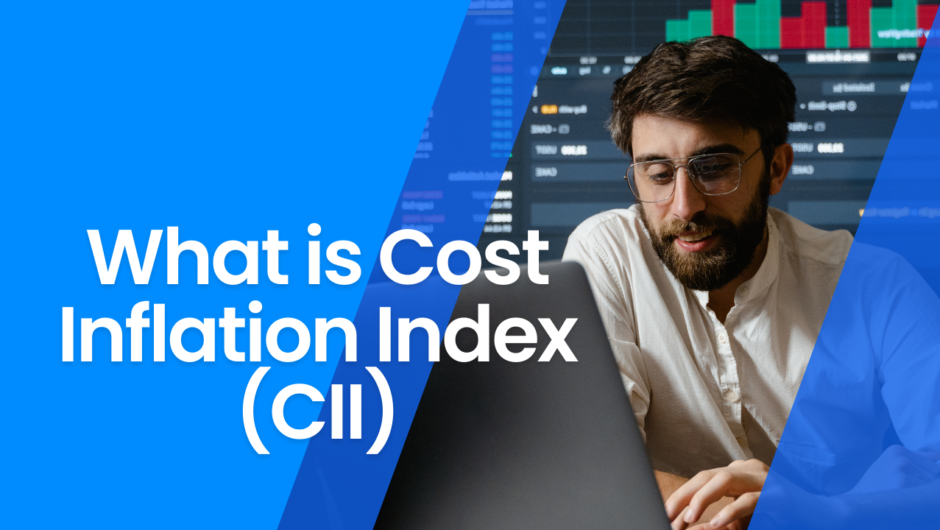Selecting mutual funds for tax-saving purposes requires a strategic approach, balancing potential returns with the aim of minimizing tax liabilities. As tax-saving mutual funds, commonly known as Equity-Linked Saving Schemes (ELSS), play a crucial role in wealth creation and tax planning, this guide explores the key considerations for making informed choices. From assessing fund performance and understanding lock-in periods to evaluating the fund manager’s track record, this exploration aims to empower investors with the knowledge needed to navigate the landscape of tax-saving mutual funds and optimize their financial goals.
Understanding Tax-Saving Mutual Funds (ELSS)
Tax-Saving Mutual Funds, commonly known as Equity-Linked Saving Schemes (ELSS), stand out as dynamic investment instruments that not only offer potential growth but also provide tax benefits. ELSS funds come under Section 80C of the Income Tax Act, allowing investors to claim deductions on their taxable income up to a specified limit. Unlike traditional tax-saving options, ELSS funds have a shorter lock-in period of three years, making them one of the most flexible options within the 80C basket. This characteristic, coupled with the potential for higher returns due to equity exposure, makes ELSS an attractive choice for investors aiming for tax efficiency and wealth creation simultaneously.
Understanding the workings of ELSS involves recognizing their dual nature – tax-saving tools and equity investments. Investors benefit from the potential appreciation of their capital while enjoying tax deductions. However, it’s essential to navigate the landscape with a keen eye on factors like historical performance, fund manager expertise, and risk tolerance. ELSS funds provide a strategic avenue for tax planning, enabling investors to capitalize on market opportunities while optimizing their tax liabilities.
Assessing Fund Performance: Historical Returns and Consistency
Assessing the historical performance of tax-saving mutual funds is a fundamental step in making informed investment decisions. Historical returns offer insights into a fund’s ability to generate consistent growth over different market cycles. Analyzing the fund’s performance over various time frames, such as one, three, and five years, helps investors gauge its resilience and adaptability.
Consistency in returns is equally crucial. A fund that demonstrates steady growth over time is often preferred over those with erratic performance. Investors should scrutinize how the fund has weathered different market conditions and economic scenarios. When evaluating historical returns, it’s essential to consider not only the absolute performance but also how the fund compares to its benchmark index and peer group. Consistent outperformance may indicate effective fund management and a well-executed investment strategy.
Evaluating Lock-In Periods: Balancing Liquidity Needs
Evaluating the lock-in periods of tax-saving mutual funds is a crucial aspect of choosing an investment strategy that aligns with individual liquidity needs. Equity-Linked Saving Schemes (ELSS), which fall under Section 80C of the Income Tax Act, typically have a mandatory lock-in period of three years. This relatively short duration distinguishes ELSS from other tax-saving options, offering a balance between tax benefits and liquidity.
Investors must consider their financial goals and liquidity requirements when assessing the lock-in period. While the three-year lock-in enhances the potential for capital appreciation, it’s vital to ensure that funds allocated to ELSS do not compromise emergency fund needs or short-term liquidity. The lock-in period also plays a role in the risk-return dynamics. Investors should be comfortable with committing their funds for the specified duration, recognizing that market conditions can fluctuate over the short term.
Diversification and Asset Allocation: A Crucial Portfolio Strategy
Diversification and asset allocation are linchpin strategies in the realm of tax-saving mutual funds, offering a robust approach to managing risk and optimizing returns. It involves spreading investments across various asset classes, sectors, and securities, reducing the impact of poor performance in any single area. In the context of tax-saving funds, this might include a well-balanced mix of equities, debt instruments, and other financial instruments. Asset allocation, on the other hand, determines the proportion of the portfolio allocated to each asset class. It is a strategic decision based on the investor’s risk tolerance, financial goals, and time horizon. For instance, a younger investor with a longer time horizon might allocate a higher percentage to equities for potential growth.
In tax-saving mutual funds, diversification and asset allocation work in tandem to enhance the portfolio’s resilience. A diversified portfolio can help mitigate risks associated with market fluctuations, economic downturns, or sector-specific challenges. Investors must carefully consider their risk appetite and financial objectives when determining the optimal mix of assets within their tax-saving portfolio. By embracing these crucial strategies, investors can create a resilient and well-balanced portfolio that aligns with their tax-saving goals while managing risks effectively.
Comparing Expenses and Fees: Impact on Overall Returns
Comparing expenses and fees is a pivotal step in selecting tax-saving mutual funds, as these costs can significantly impact the overall returns on an investment. Investors should scrutinize expense ratios, which represent the annual costs as a percentage of the fund’s assets. Lower expense ratios can translate into higher net returns for investors.
While expense ratios are a primary consideration, investors should also be mindful of any additional fees, such as entry or exit loads. Entry loads are charges incurred when purchasing units, while exit loads are levied upon selling units within a specified period. Funds with no or minimal entry and exit loads can enhance the efficiency of the investment strategy.
Investors should also explore direct plans, which typically have lower expense ratios compared to regular plans, as they exclude distribution expenses. Direct plans are suitable for those comfortable making investment decisions independently.
Tax Implications and Benefits: Beyond the 80C Deduction
Understanding the broader tax implications and benefits of tax-saving mutual funds extends beyond the initial 80C deduction, offering investors a comprehensive view of their tax planning strategy. Equity-Linked Saving Schemes (ELSS), falling under Section 80C of the Income Tax Act, provide investors with the advantage of not only saving taxes on the invested amount but also potentially benefiting from tax-free returns.
The gains realized from selling ELSS units after the mandatory three-year lock-in period are treated as long-term capital gains. As of the current tax regulations, long-term capital gains from equity investments up to a specified limit remain tax-free. This feature enhances the appeal of ELSS as an instrument for long-term wealth creation while optimizing tax efficiency. Investors should also be mindful of the tax implications on dividends received from equity mutual funds, including ELSS. While dividends are tax-free in the hands of the investor, the mutual fund company pays a dividend distribution tax before distributing profits.
Conclusion: Crafting a Tax-Efficient and Growth-Oriented Portfolio
In conclusion, choosing tax-saving mutual funds involves a strategic blend of considerations, from historical performance to lock-in periods and expenses. Diversification and asset allocation enhance portfolio resilience, while understanding tax implications beyond the 80C deduction is crucial. By carefully evaluating these factors, investors can craft a tax-efficient and growth-oriented portfolio. Tax-saving mutual funds, particularly ELSS, not only offer deductions but also present opportunities for tax-free returns, making them a powerful tool for long-term wealth creation. Aligning investment choices with financial goals, this approach ensures a well-balanced strategy that optimizes returns while navigating the complexities of the tax landscape.
Also Read:

Hello, I am Tanisha Kriplani, graduated in computer science from Delhi University. I am passionate about web content writing and have a strong interest in Data Analytics and Data Engineering.












